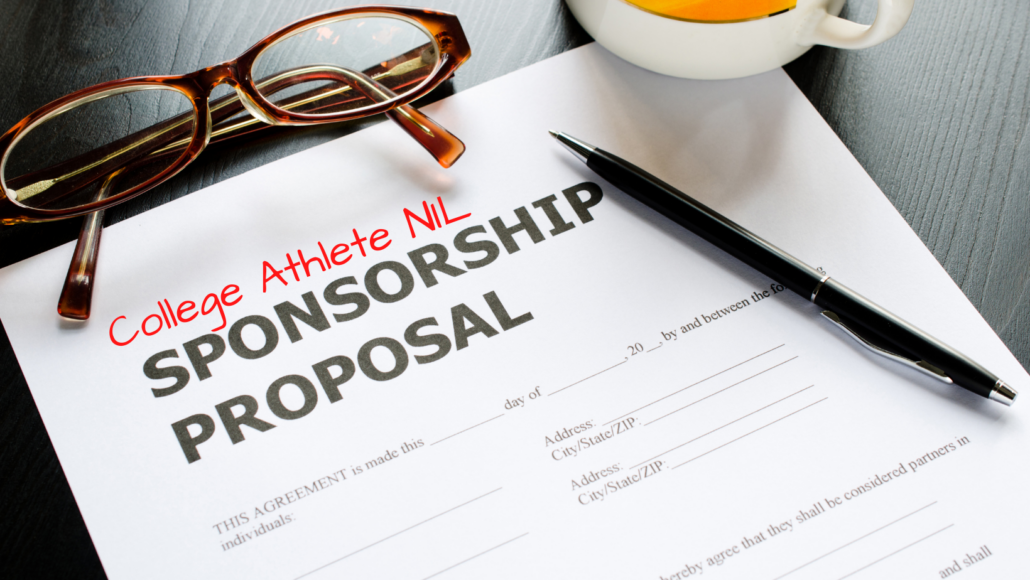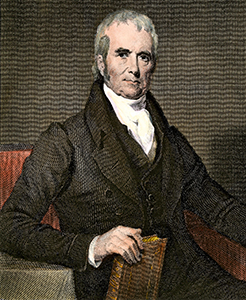PopCiv 15: Supreme Court Lets College Athletes Cash In
 Introduction
Introduction
College football returned in September with notable changes from the 2020 season. Stands were full with enthusiastic fans, masks were scarce, and players took the field armed with endorsement deals, cashing in on their athletic talents for the first time in NCAA history. The NCAA’s power to restrict compensation to college athletes has been severely weakened by legislatures and the Supreme Court’s June decision in NCAA v. Alston, clearing the way for college athletes to profit from their name, image and likeness (NIL).
The NCAA

News article on deaths and injuries incurred while playing football, 1905.
In response to increasing death and injury in college football in the early 20th century, President Theodore Roosevelt urged sports leaders to regulate the game to protect players. The National Collegiate Athletic Association (NCAA) was founded in 1906 (originally as the Intercollegiate Athletic Association of the United States, until the name was changed in 1910) to reform playing rules. In addition to safety rules, the NCAA imposed rules that ensured student athletes remain “amateurs,” including caps on scholarships and prohibitions on payments to athletes. The NCAA has justified these rules by asserting that college sports remain popular because the athletes are not professionals, and scholarship caps ensure that student-athletes are immersed into the student community which improves their educational experience. The NCAA Committee on Infractions enforces these rules through sanctions on athletes and schools in violation of the regulations.

President Theodore Roosevelt
Today, the NCAA continues to function as the legislative and administrative authority for collegiate sports. It creates and enforces the rules and eligibility criteria for over 1,000 schools and nearly 500,000 athletes in twenty-four sports. The bulk of the NCAA’s revenue comes from television rights and ticket sales for the Division 1 Basketball Championship. In 2019, it earned in excess of $1 billion on the tournament, representing 90 percent of its annual revenue. The money generated is distributed to NCAA conferences based on the performance of the schools in their division.
Over the years, it has become harder for the NCAA to protect its model of amateurism and the idea that a scholarship for a college education is sufficient compensation for an athlete competing on the school’s behalf. The NCAA has been criticized in the media as revenues from college sports have skyrocketed and evidence has emerged that schools are prioritizing sports over the educational experiences of their athletes, such as allegations of “fake” or “paper courses” that benefit athletes at colleges including the University of North Carolina. Athletes and schools have been challenging the NCAA’s regulations as unfair in American courts, and the recent Supreme Court ruling in Alston suggests that the current Court is sympathetic to their claims.
NCAA Litigation
Congress passed a series of antitrust laws that date back to 1890. They are designed to protect consumers from predatory business practices. The Sherman Act prohibits anti-competitive behavior and monopolies. Over the years, universities and student-athletes have challenged NCAA regulations on antitrust grounds under these laws.
NCAA v. Board of Regents of the University of Oklahoma
For most of its early history, the courts allowed the NCAA to restrict student-athletes without antitrust violation concerns. The first real challenge on these grounds came in the landmark 1984 Supreme Court case, NCAA v. Board of Regents of the University of Oklahoma. The NCAA controlled access to college football on television starting in the 1950s. It limited the number of games that could be broadcast so fans would be encouraged to attend the games in person. It also controlled the way television revenues were distributed to the member schools. Universities that had top-level football programs were frustrated and banded together to form the College Football Association (CFA). In 1981, the CFA entered into a separate contract for television rights which would allow more games on TV and more revenue for those schools. The NCAA threatened disciplinary action against any school that complied with the CFA contract, and two CFA schools sued the NCAA. They argued that the NCAA’s television plan was a restraint on free trade and violated the Sherman Act. The Supreme Court agreed. The NCAA had complete control (a monopoly) over the broadcast market that allowed them to manipulate the availability of televised games and artificially increase the value of live tickets. The Regents decision freed the CFA schools to sell as many games to television networks as they wanted, and they no longer had to share the proceeds with smaller schools in the NCAA. Though the case was a big loss for the NCAA, the majority decision included language that protected their role as enforcer of the amateurism model. The Court differentiated college football from professional and acknowledged that “In order to preserve the character and quality of the ‘product,’ athletes must not be paid, must be required to attend class, and the like.” This suggested that NCAA rules concerning student-athletes eligibility, including restrictions on compensation, are subject to a less stringent analysis than other types of antitrust cases.

NCAA v. Alston
On June 21, 2021, a unanimous Supreme Court decided in NCAA v. Alston that certain NCAA rules violated federal antitrust laws. Shawne Alston, a West Virginia Mountaineer star running back, and a group of fellow college athlete litigants challenged the NCAA rule that limited payments for things like laptops, tutoring, and internships for student-athletes, all education-related benefits. The NCAA leaned on the language in the Regents decision and argued that even though they had a monopoly over the student-athlete labor market, their rules are designed to preserve amateurism and should therefore receive special consideration and a less stringent review. The Supreme Court rejected this argument and struck down the NCAA’s restrictions as an undue restraint on free trade in the market for collegiate D1 athletes.
STUDENT ATHLETES GO VIRAL

Katelyn Ohashi
Before the NCAA dismantled the NIL restrictions, athletes were unable to benefit financially from social media popularity. High paying professional contracts are not waiting for most student-athletes when they leave college, and the inability to monetize social media as an athlete is a huge missed-opportunity. Two recent UCLA gymnasts trended widely online when their performances struck a chord with American audiences. A video of Katelyn Ohashi’s 2019 perfect 10 floor exercise performance to an R&B and pop medley was viewed over 100 million times. Her teammate, Nia Dennis, went viral twice. Once for her Beyonce-themed floor routine, and again for a routine that celebrated Black excellence featuring songs from Kendrick Lamar, Soulja Boy, Eazy-E and Dr. Dre. Neither of these athletes was able to capitalize on their moment of fame by accepting endorsements or sponsorships on their social media platforms.









